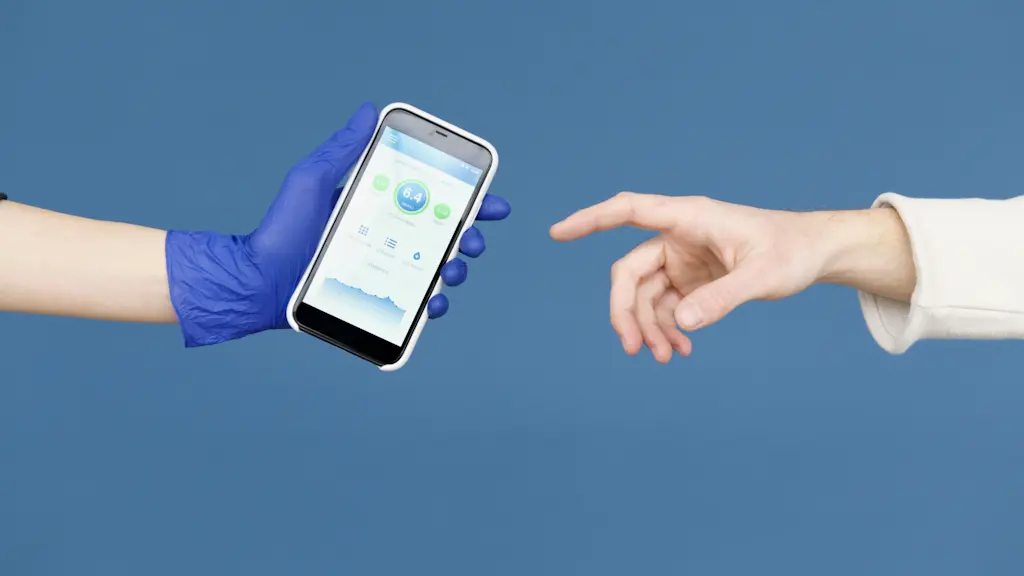Biospectal and Binah.ai offer innovative apps for measuring blood pressure without accessories. Biospectal’s CE-certified OptiBP uses AI for accurate measurements via smartphone. Binah.ai, available in Switzerland with KPT, also measures vital signs through video.

The Swiss startup Biospectal has recently received CE certification for its blood pressure measurement app, OptiBP. Developed in collaboration with CSEM, the app allows users to measure their blood pressure simply by placing the tip of their finger on the lens of a smartphone.
OptiBP by Biospectal: A Breakthrough in Telemedicine
Launched in beta in 2021, OptiBP uses artificial intelligence to measure blood pressure. The app was developed after over 15 years of research and development in optical biodetection, in collaboration with CSEM, and was clinically validated for five years, including at CHUV.
To measure blood pressure, users place their finger on the smartphone's camera lens for 30 seconds. No additional devices are required. The app’s interface is optimized to ensure high-quality signal capture, with recommendations to improve the recording, such as warming hands before measurement.
The Android version of OptiBP will be available in Switzerland starting early 2024.
Binah.ai: Another Solution for Measuring Without Accessories
Israeli startup Binah.ai also offers an app to measure blood pressure without accessories. In partnership with health insurer KPT, this service is available in Switzerland through a pilot program. In addition to blood pressure, Binah.ai measures other vital parameters such as respiratory rate, pulse, and stress levels, all through a 60-second video.
Binah.ai’s technology relies on photoplethysmography (PPG), an optical method that measures blood volume changes by analyzing light absorption. The app is available for free to KPT members as part of the pilot program.
Evolving Technology
Both apps use artificial intelligence to measure vital signs non-invasively, making health data more accessible. Through machine learning algorithms and optical techniques, they are paving the way for a new era of more accessible telemedicine.
Source : ICTjournal